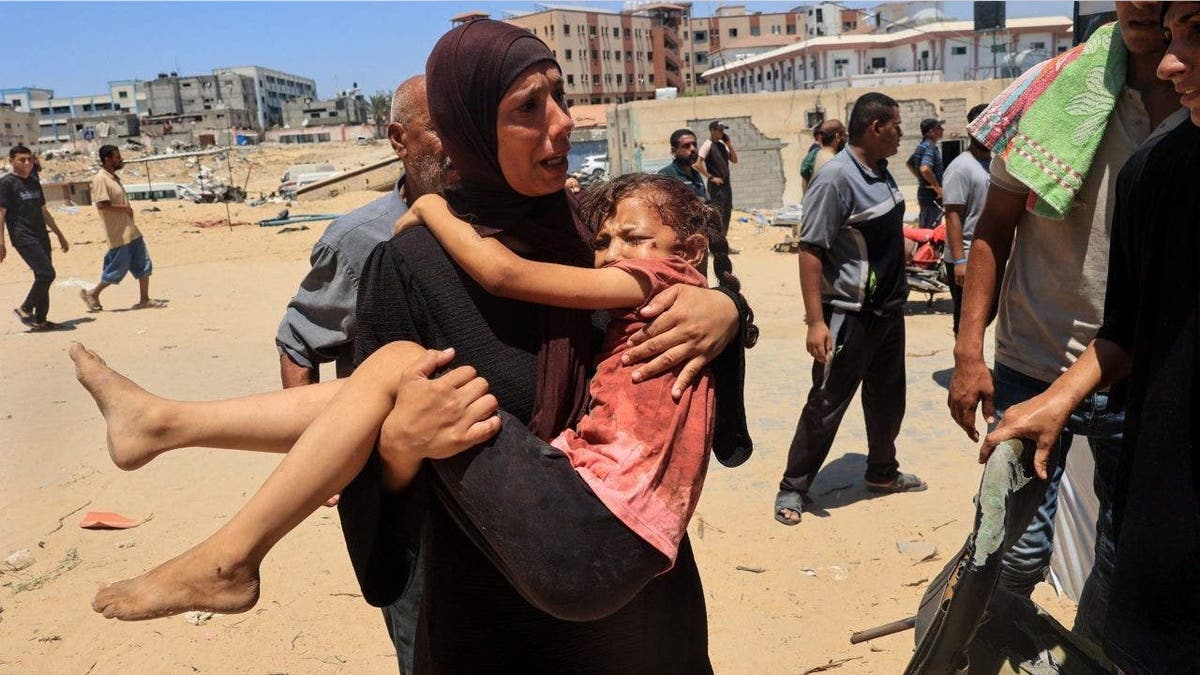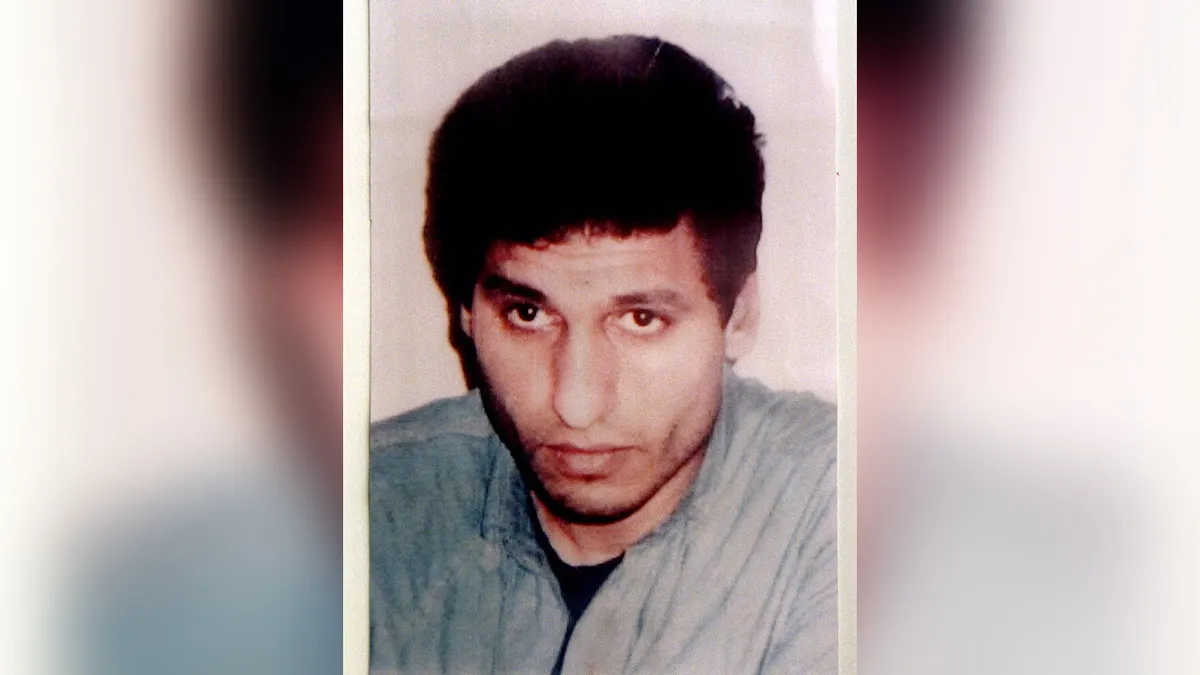
In a significant development, Israel carried out an airstrike on July 13, 2024, targeting the top military commander of Hamas, Mohammed Deif. The strike occurred in the al-Mawasi area of Gaza and reportedly resulted in over 70 fatalities and numerous injuries. According to Israeli officials, Deif was one of the masterminds behind the October 7 attacks that left hundreds dead and thousands injured.
Deif, who has led Hamas' military wing since 2002, is known for his role in developing Hamas' rocket capabilities and for surviving multiple Israeli attempts to assassinate him. He was jailed by Israel in the late 1980s but released a few years later. His wife and two young children were killed in an Israeli airstrike intended for him in 2014.
The al-Mawasi area, which has been designated as a humanitarian zone, is home to thousands of displaced Palestinians. The Israeli military claimed that there were no civilians or hostages present at the targeted compound when the strike occurred. However, Palestinian authorities reported significant civilian casualties.
The Israeli Defense Force (IDF) confirmed the strike and stated that it was in the process of assessing whether Deif was among those killed. The IDF also targeted Rafa Salama, another senior Hamas commander, in the same attack.
Deif's nom de guerre 'Deif' means 'guest' in Arabic, reflecting his reputation for constantly changing locations to evade capture. His disappearance from public view following the October 7 attacks fueled speculation about his whereabouts and survival.
The Israeli military has faced criticism for conducting strikes in civilian areas, which have resulted in significant civilian casualties. The International Criminal Court is currently investigating possible war crimes committed during the ongoing conflict between Israel and Hamas.
This article will provide a comprehensive analysis of the events leading up to the July 13 airstrike, including background information on Mohammed Deif and his role in Hamas' military wing. It will also examine the implications of his potential death for both Israel and Hamas, as well as the broader context of the ongoing conflict between these two parties.






